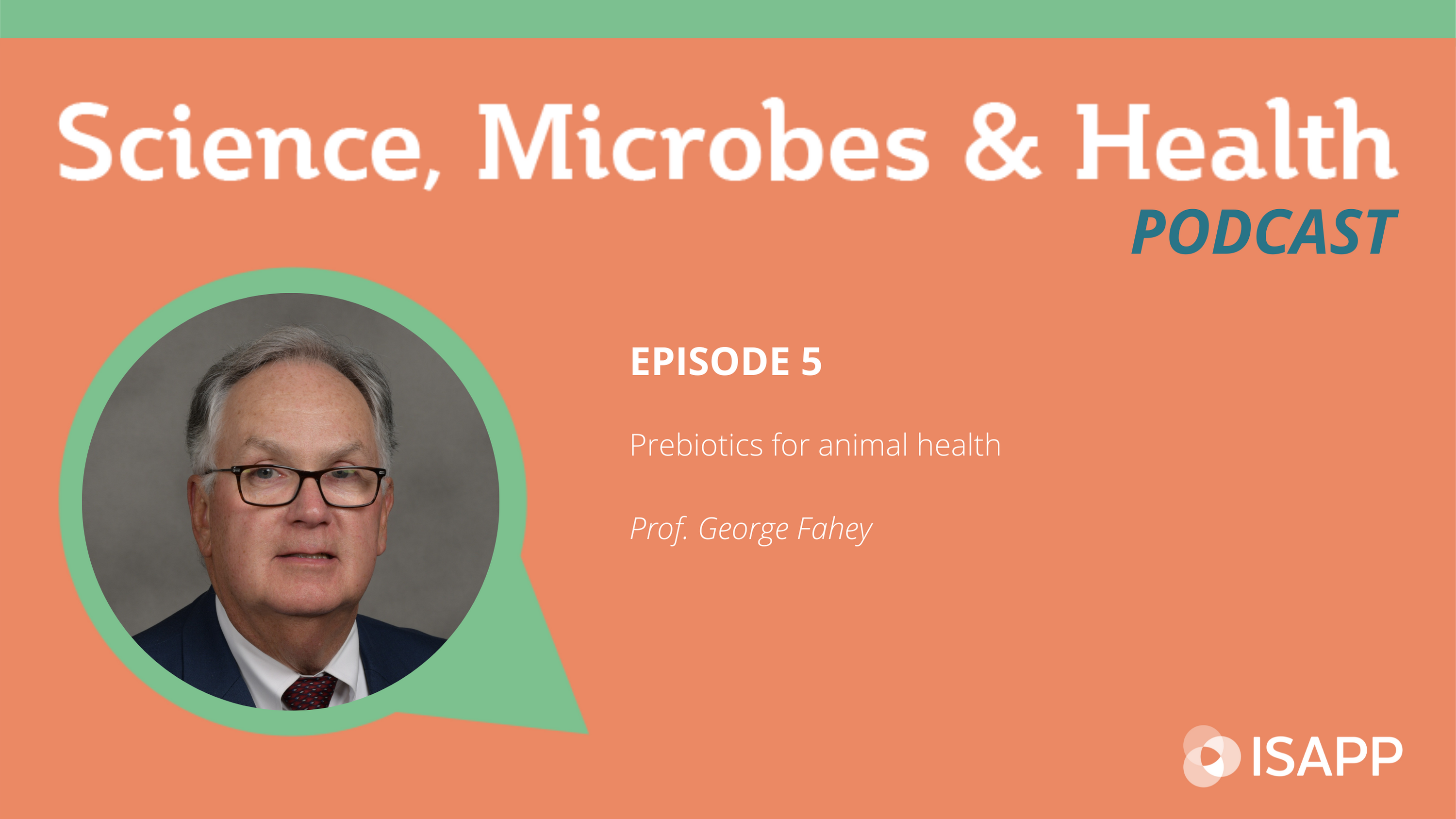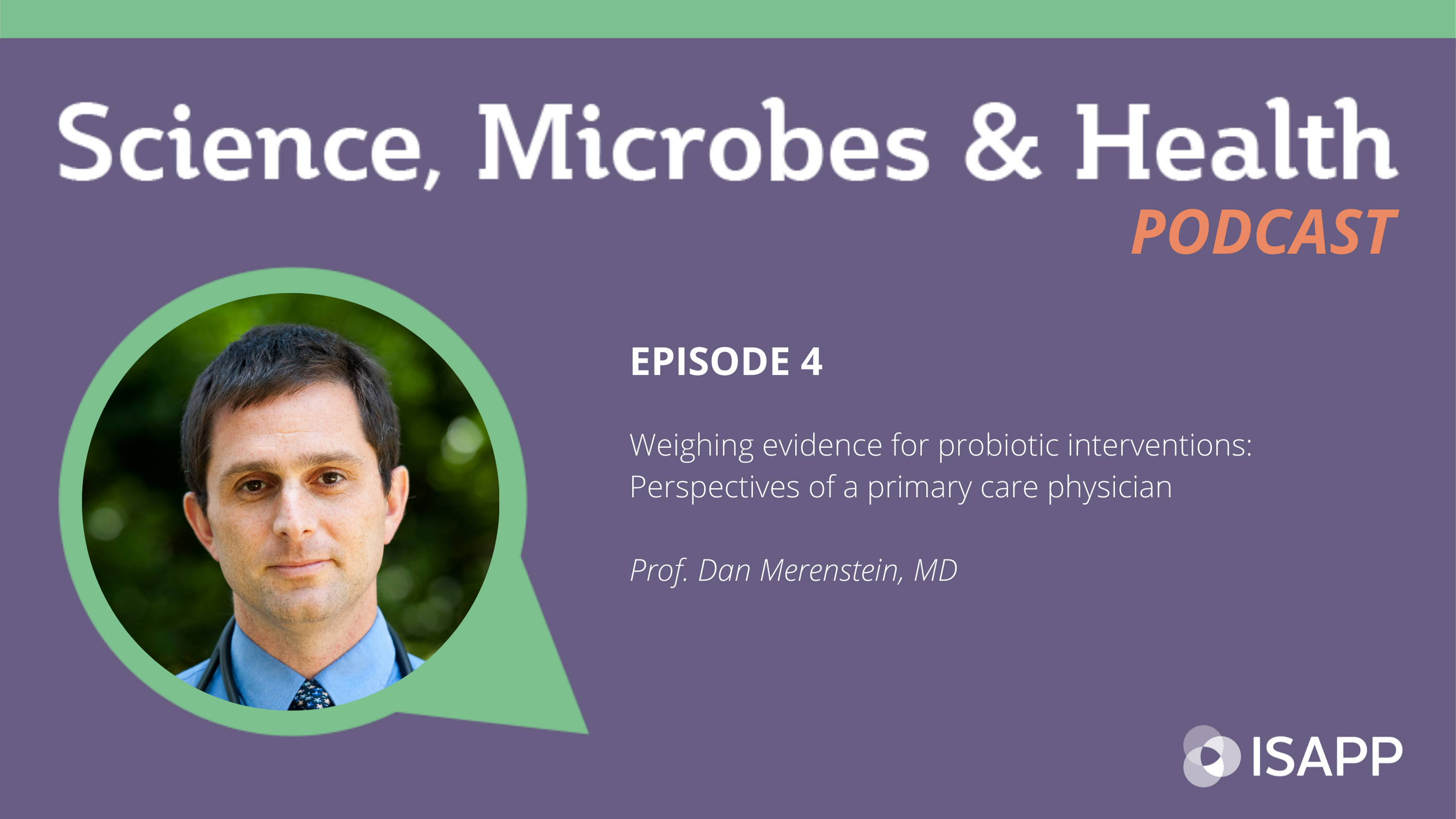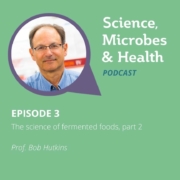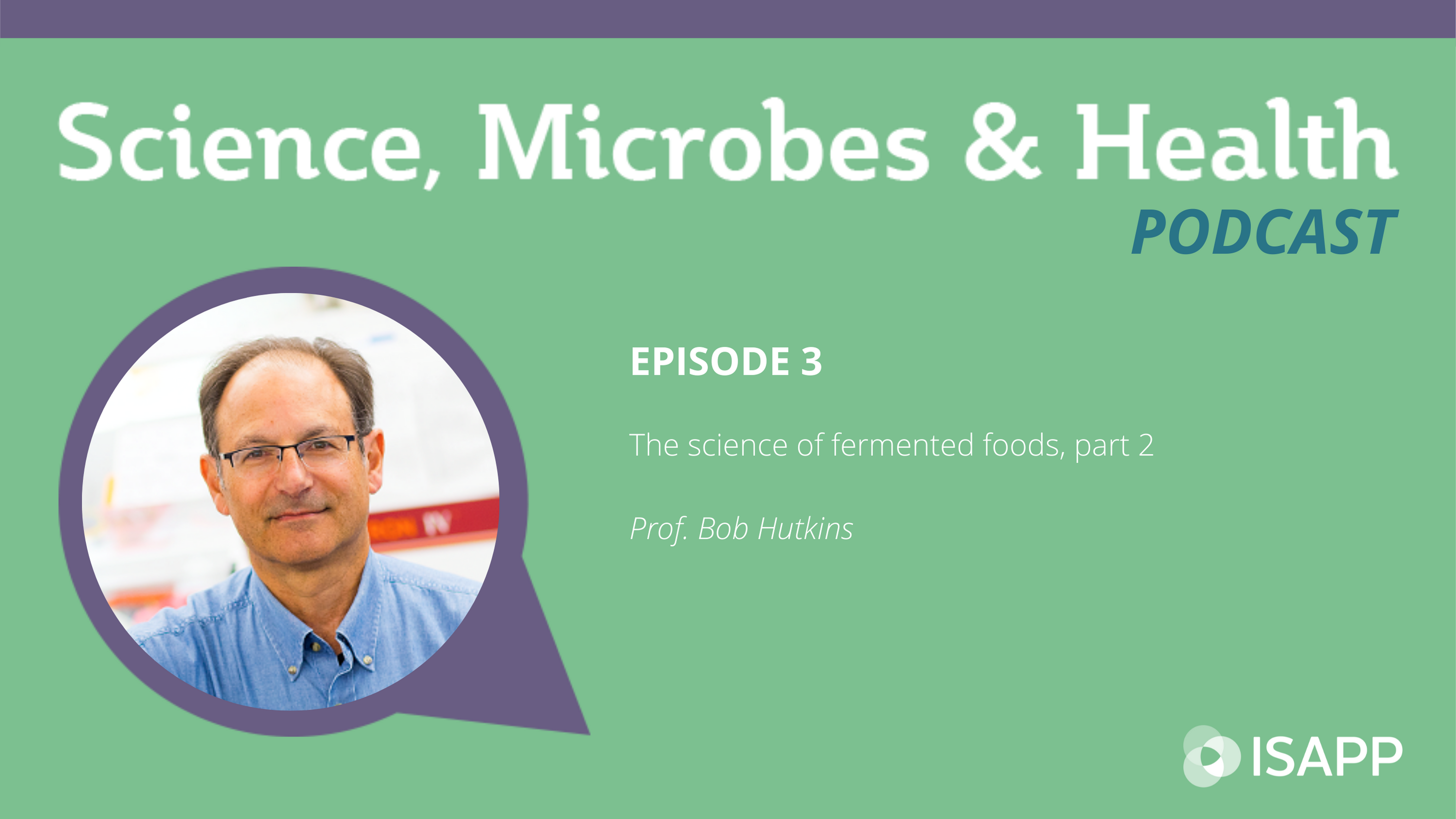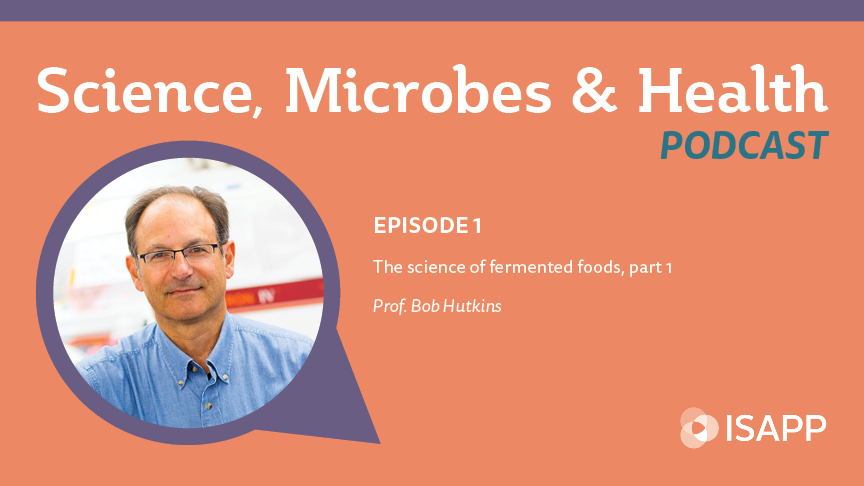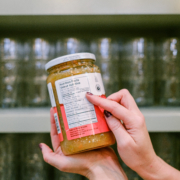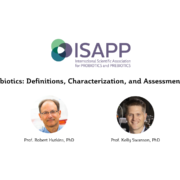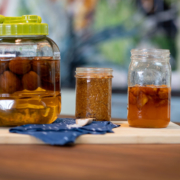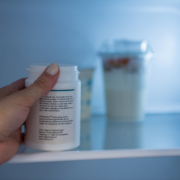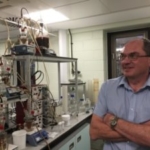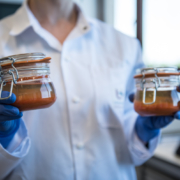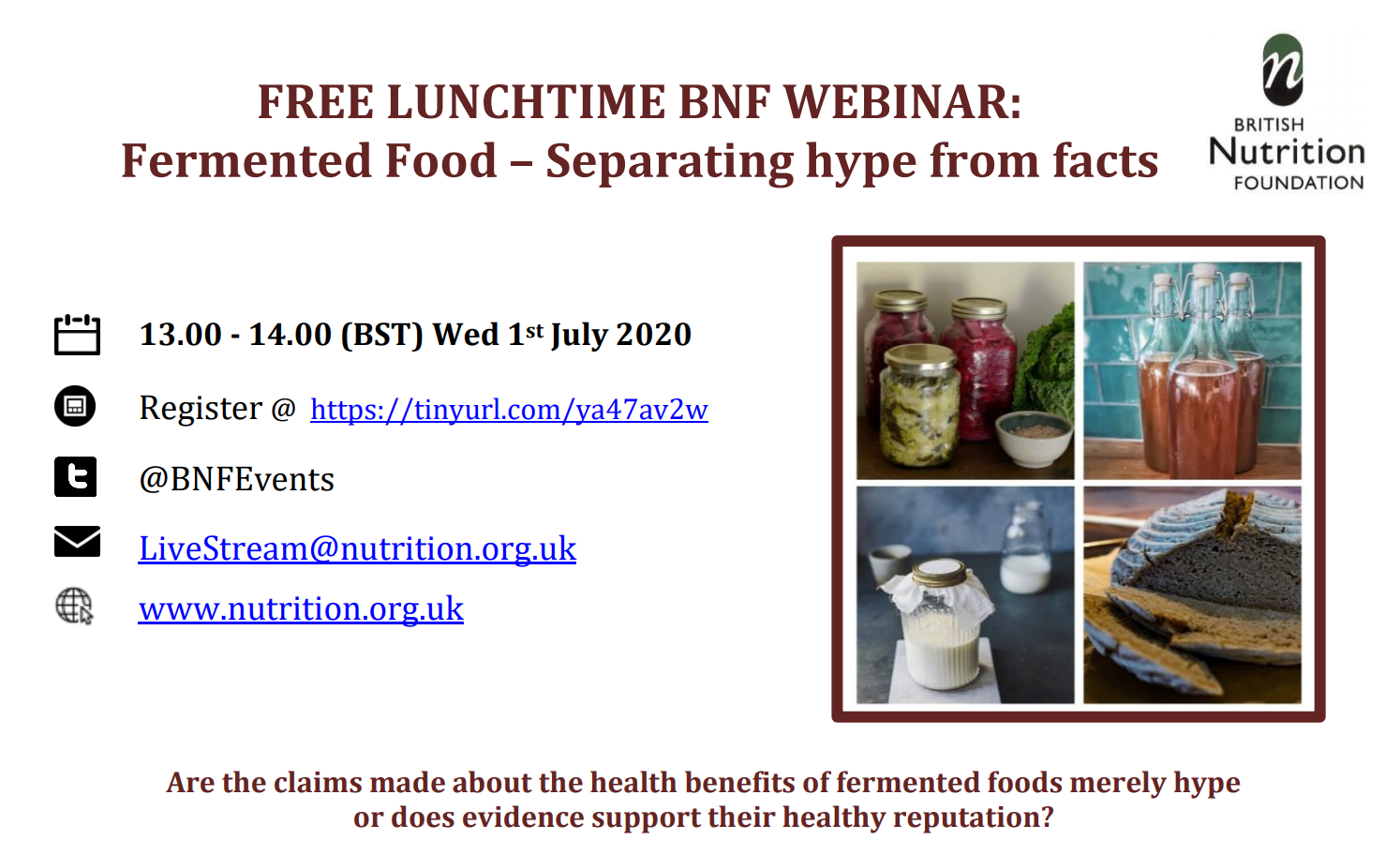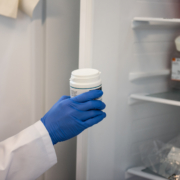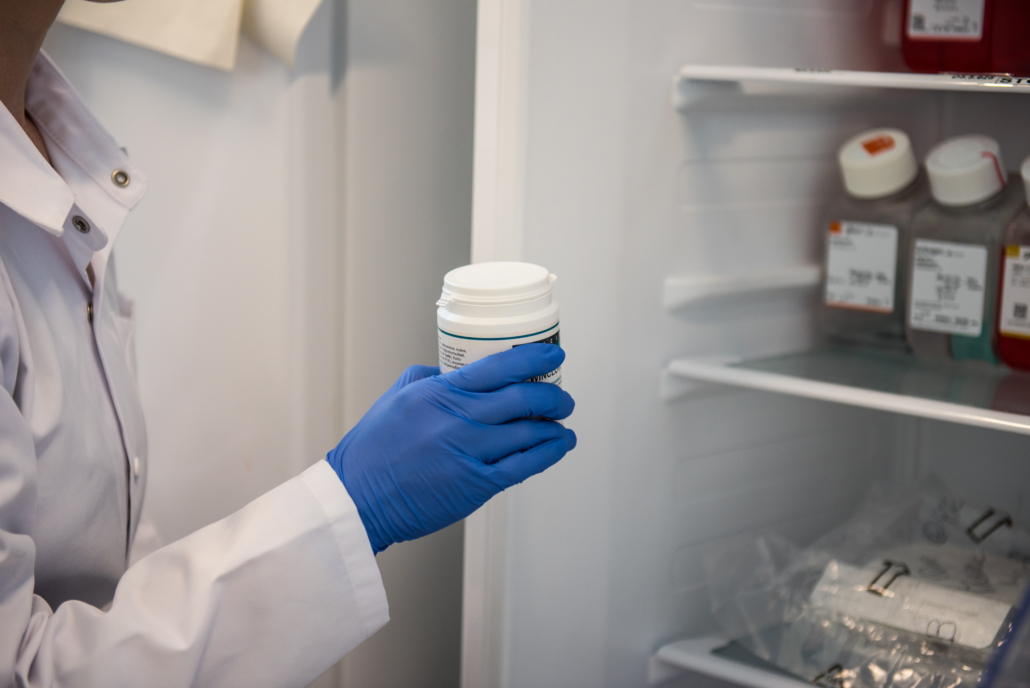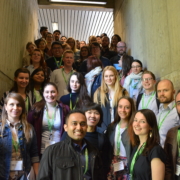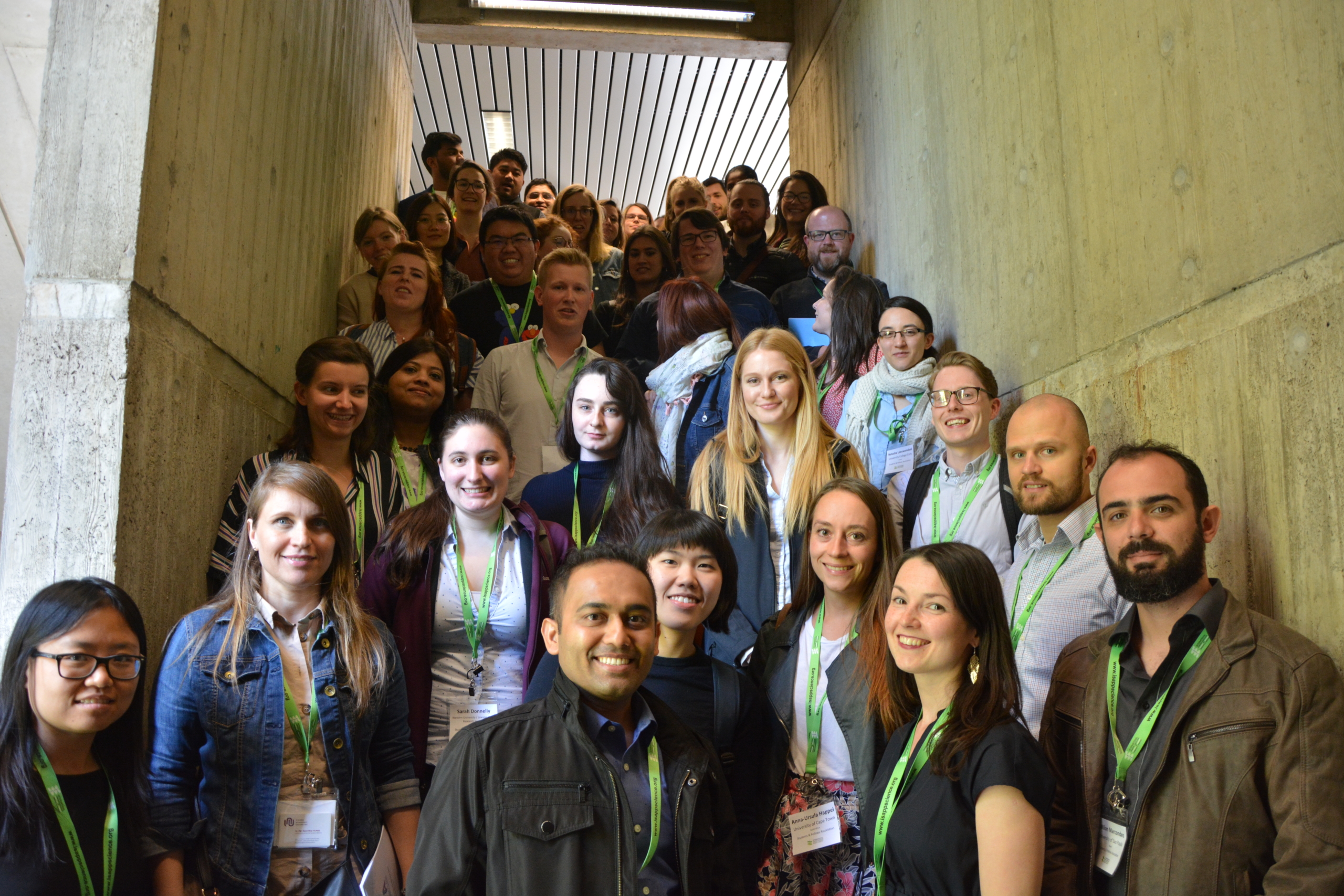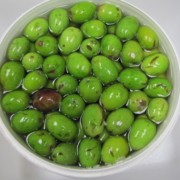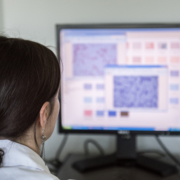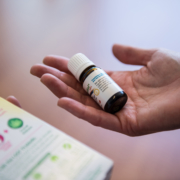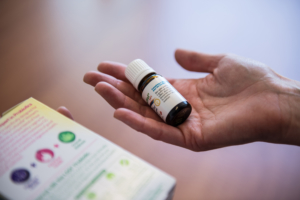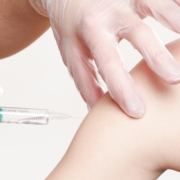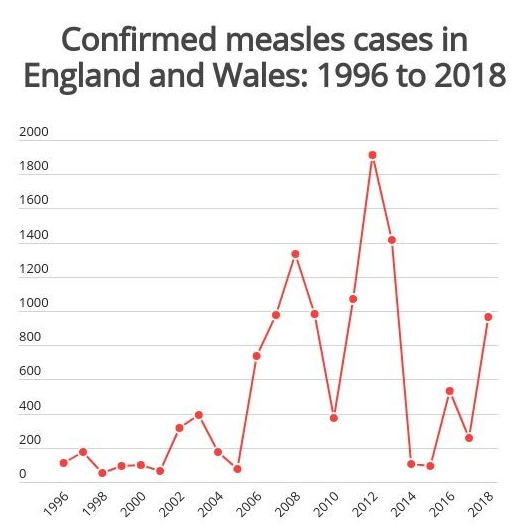By Kristina Campbell, science writer
It’s not an uncommon scene in a pharmacy: someone standing in front of the shelf of probiotic products, picking up various bottles and reading the labels, looking uncertain. The person’s doctor may have recommended a certain brand of probiotic to prevent diarrhea with a prescribed course of antibiotics—but they’ve just noticed that the store-brand probiotic, with different strains, is half the price.

Dragana Skokovic-Sunjic
According to Dragana Skokovic-Sunjic, clinical pharmacist and author of the ‘Clinical Guide to Probiotic Products Available in Canada/US’, pharmacists can play an important and influential role helping patients make informed decisions about the available products. “Pharmacists provide a ‘last check validation’ before the patient actually decides to purchase a product,” she says. “And we proactively seek to assist those patients who need help.”

Nardine Nakhla
Nardine Nakhla, clinical pharmacist and Clinical Lecturer at the University of Waterloo School of Pharmacy, says pharmacists often have the knowledge and experience to zero in on which over-the-counter product(s) will or will not work for a certain individual. “Pharmacists have the knowledge and skills to individualize the recommendation based on patient-specific and disease-specific factors, and that is so very important with non-prescription and natural health products because there is no one-size-fits-all approach,” she says.
Can pharmacists apply their knowledge and skills to make specific probiotic recommendations? While it can be hard to narrow the evidence down on specific products, pharmacists can certainly play a role in helping patients understand the evidence for the products they encounter. In a recent interview with ISAPP, Skokovic-Sunjic and Nakhla explained why pharmacists in Canada and elsewhere have the potential to steer people’s choice of over-the-counter and natural health products – including probiotics.
Pharmacists have knowledge about the products on their shelves.
“Advising patients on self-care, which includes over-the-counter and natural health product use, is a key responsibility of Canadian pharmacists. We have North American survey data that shows, for patients who go out and buy non-prescription and natural health products, over 80% never read the label,” says Nakhla.
This means that having a pharmacist available at the point-of-purchase to answer questions can go a long way toward educating people about what’s actually in their hands and how to optimize use, if warranted.
“Having the pharmacist present lets you access somebody who can help inform your decisions—someone who can perhaps steer you away from products that may not be appropriate for you,” she says.
“Pharmacists need to be familiar with the products they are selling at their pharmacies,” adds Skokovic-Sunjic. “They are skilled at asking suitable questions to ensure the patient’s needs and wishes are understood and then to help them choose appropriate over-the-counter, ‘self-selection’ therapy.”
Pharmacists are unique in having non-prescription products within their standards of practice.
As a faculty member at the school of pharmacy, Nakhla emphasizes the requirement for pharmacists to know how to assess and manage patients seeking self-care in the community. She says, “We have a unique body of knowledge where we study non-prescription therapeutics and other self-care measures of disease management and health maintenance,” she says. “Pharmacists are trained to know about these and to recommend evidence-based and cost-effective measures individualized for each patient.”
“It’s explicitly stated under our Standards of Practice that we must be proficient in providing information on non-prescription products, natural health products, and on non-pharmacological measures to enable patients to receive the intended benefit of the therapies, whereas physicians are far more focused on the diagnosis and prescription therapies,” she says.
Pharmacists can identify patients who could benefit from probiotics
Both Nakhla and Skokovic-Sunjic emphasize that pharmacists frequently identify people who could potentially benefit from self-care products, even if they don’t come in looking for them.
Nakhla mentions the probiotic guide authored by Skokovic-Sunjic, and how it helps pharmacists provide helpful solutions to common problems that present in the community. “I think a good strategy is looking at the conditions listed in the probiotic guide and the subsequent products indicated for use for them, and then work backwards to try to identify patients who may benefit from the listed therapies, rather than just wait for them to present asking you questions.”
Pharmacists are in a position to encourage prevention.
“Pharmacy has historically focused on providing reactive healthcare rather than proactive or preventative care,” says Nakhla. But this has recently changed, with a growing emphasis on preventing chronic disease through ongoing health maintenance and self-care strategies. She cites pharmacists as qualified health professionals who encounter many generally healthy people throughout the course of their day, and who are therefore well-positioned to advise the public on how to remain healthy.
Skokovic-Sunjic gives some examples: “If the consumer will be travelling, we might suggest a specific probiotic to prevent traveller’s diarrhea. Or if we are coming to the cold and flu season, we may recommend a product they can take to reduce the risk of developing common infectious diseases.”
Pharmacists can conduct brief or lengthy assessments before providing recommendations.
Skokovic-Sunjic says, “A pharmacist can provide specific recommendations that could really make a big difference in the patient’s experience by quickly asking a few targeted questions. This strategy may save the patient time, money, frustration and sub-optimal health outcomes. When consumers self-select inappropriate products, they will not experience benefits they seek. Determined to choose a natural product, some consumers will try a second or even third product but will not get the symptom relief they are looking for. An unintended consequence of this is that the patient may dismiss the probiotics as ineffective not because they did not work, but because it was the wrong product for the desired effect.”
Brief assessment questions are especially important for probiotics, she adds, because specificity can ‘make or break’ how useful they are to an individual. “In my consultations with patients, I quite often include questions about bowel movements and I know they are questioning why I am asking. Understanding gut function can be extremely helpful in providing appropriate probiotic recommendations.”
Pharmacists can help people understand the concept of ‘evidence-based’.
Nakhla acknowledges it’s difficult for the average person to confront a shelf of probiotic products and delineate between the ones that have evidence backing their use, and the ones that do not. “That’s where I really think a pharmacist needs to intervene and to help them balance out the pros and the cons,” she says.
“If patients are looking for a probiotic to relieve a specific symptom, then looking for an evidence-based recommendation for that specific symptom is needed,” says Skokovic-Sunjic. “If they pick something that’s not supported by evidence, it may not provide symptom relief or the benefit they expect. This may be in addition to wasted funds and mounting frustration.”
Thus, pharmacists are in a unique position to contribute to enhanced awareness about efficacy and “evidence-based self-care” as they explain these concepts to consumers at the point of sale.
Given all the potential ways for pharmacists to guide consumer decisions about probiotics, both Skokovic-Sunjic and Nakhla agree that keeping up on the latest probiotic evidence is of high importance.
Through ISAPP’s new efforts to engage with pharmacists, the organization plans to gauge how pharmacists in various parts of the world approach probiotic recommendations, and to support the ‘best case scenario’ of pharmacists providing evidence-based information about probiotics directly to consumers.
Sign up here for ISAPP’s newsletter for pharmacists.


